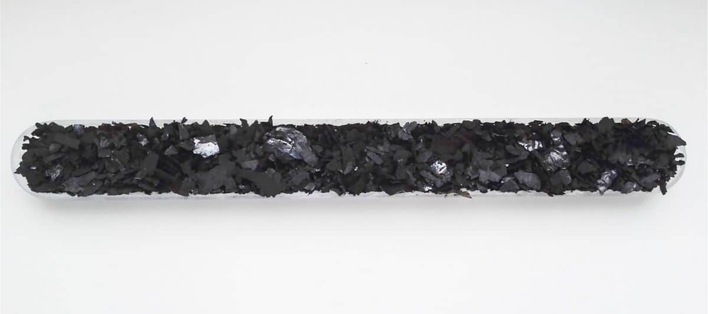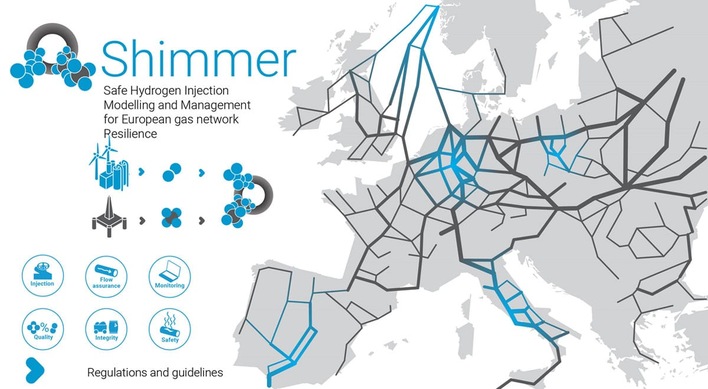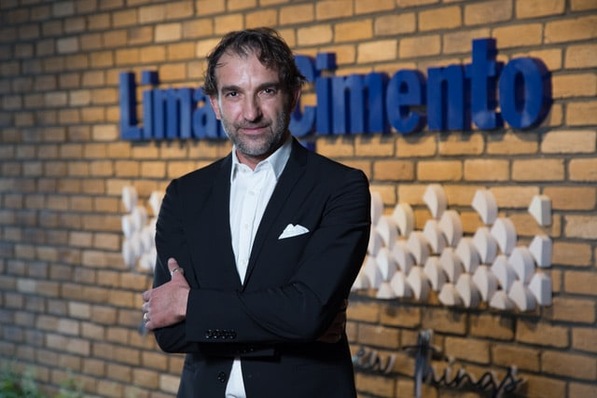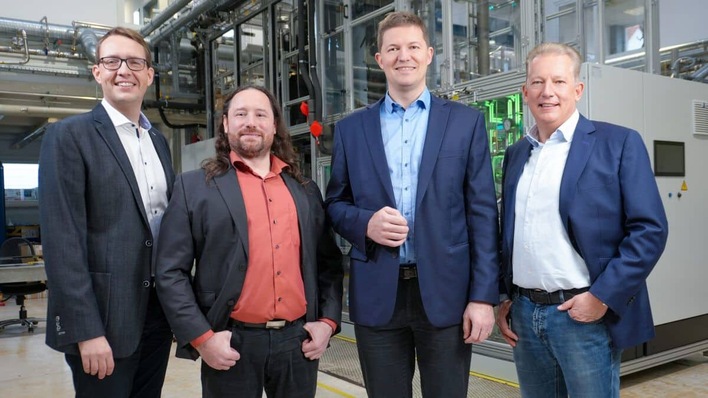First, hydrogen is produced using excess electricity from renewable energies. This is then converted into methane, i.e., synthetic natural gas, together with CO2 in the so-called Sabatier process without intermediate storage. The required CO₂ comes from the combustion of the generated methane in combined heat and power plants or gas burners. "With our technology, it is not released but 100 percent recycled and reused," explains Klaus Schirmer, one of the two managing directors of Cytok.
The oxygen produced during electrolysis is also utilized. In the modified OxyFuel process, it replaces ambient air during combustion. This results in pure CO₂, which can be directly reused. Exhaust gas cleaning is not required. Additionally, no nitrogen oxides or fine dust are produced.
According to Cytok, the high efficiency of the plants results from several factors: Through intelligent control of the plant, including weather forecasts, the self-generated green electricity is optimally distributed and used 100 percent on-site. This means that no surpluses need to be fed into the public grid. Additionally, the waste heat from electrolysis and methanation is also used. The energy is available in the form of electricity, heat, or cooling.
The technology has been in use for several years. A reference plant in the holiday area Bernsteinsee in the district of Gifhorn has been supplying hotels and ancillary buildings with energy since 2020. The plants can be integrated into both new and existing buildings.
"More decentralized, even smaller plants can massively contribute," says Schirmer, referring to the curtailment of renewables and the export of excess electricity abroad.
Cytok was founded in 2023 and positions itself as a provider of emission-free, decentralized energy systems. In July 2025, the company began its market entry in Japan with a licensing agreement with GPSS Engineering. Further markets in the Asian region are to follow.









